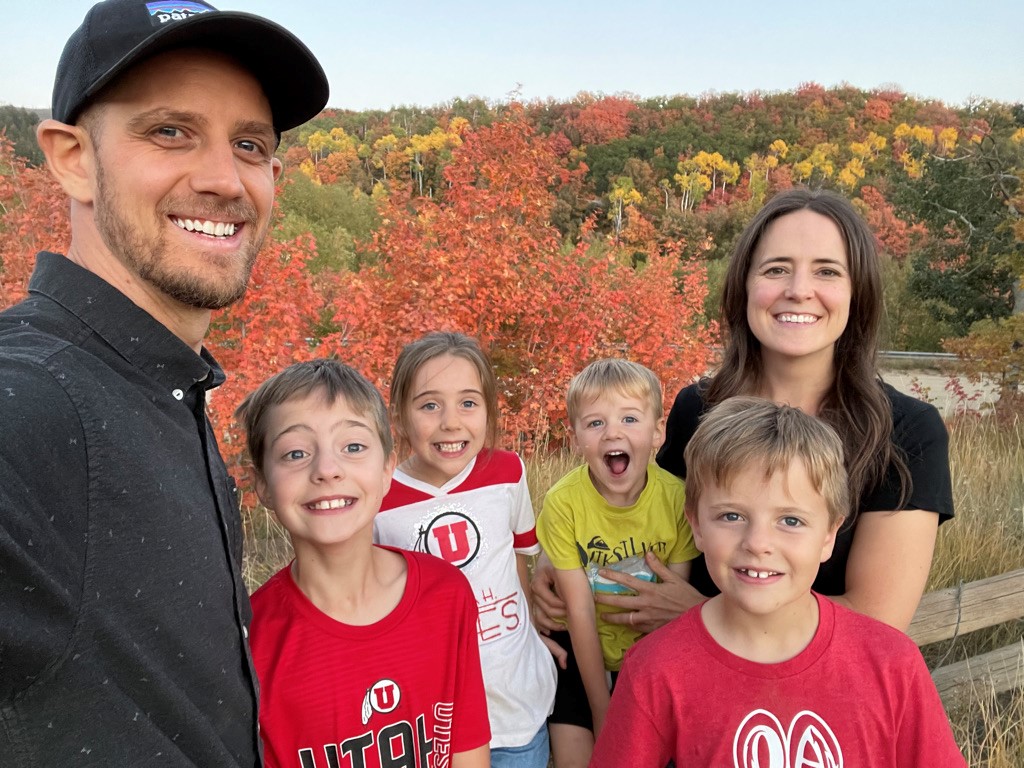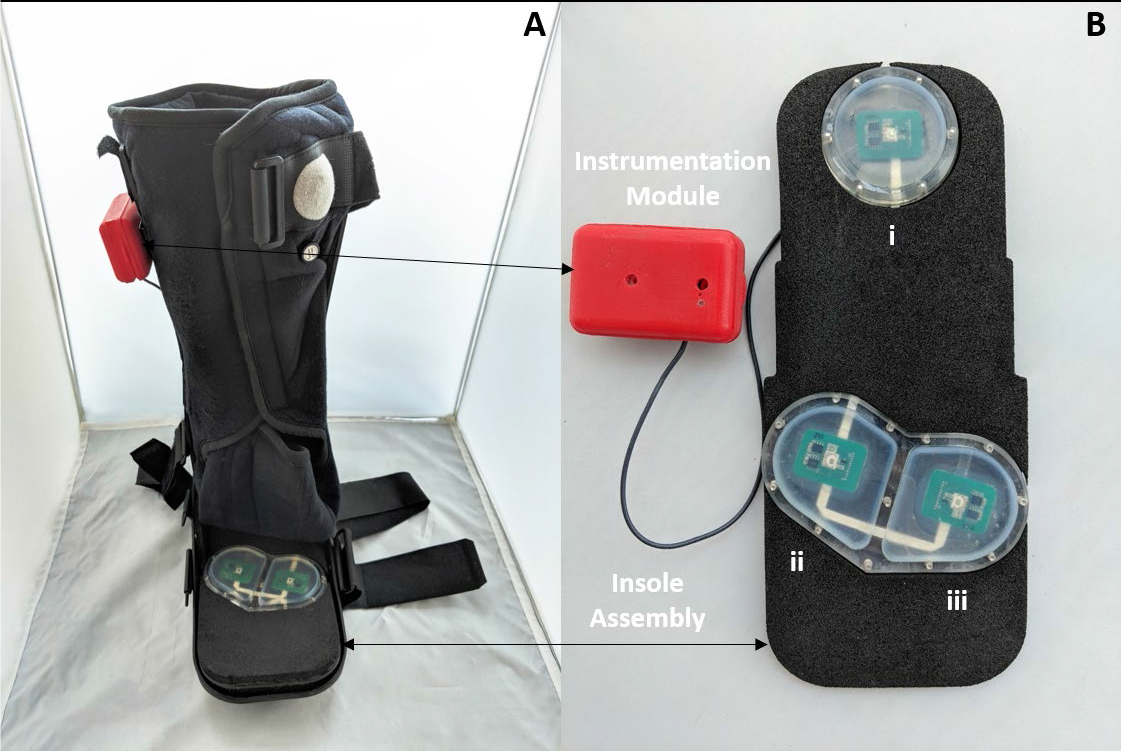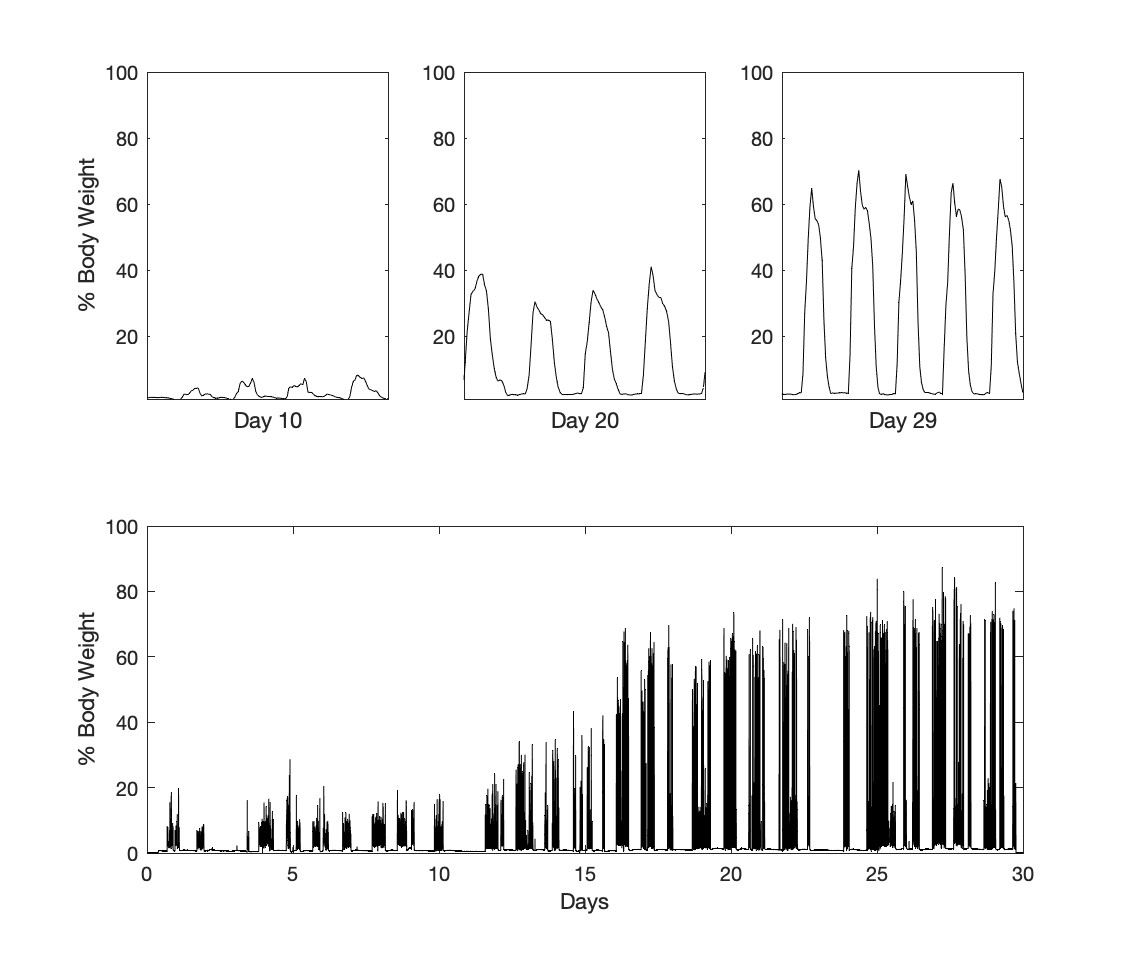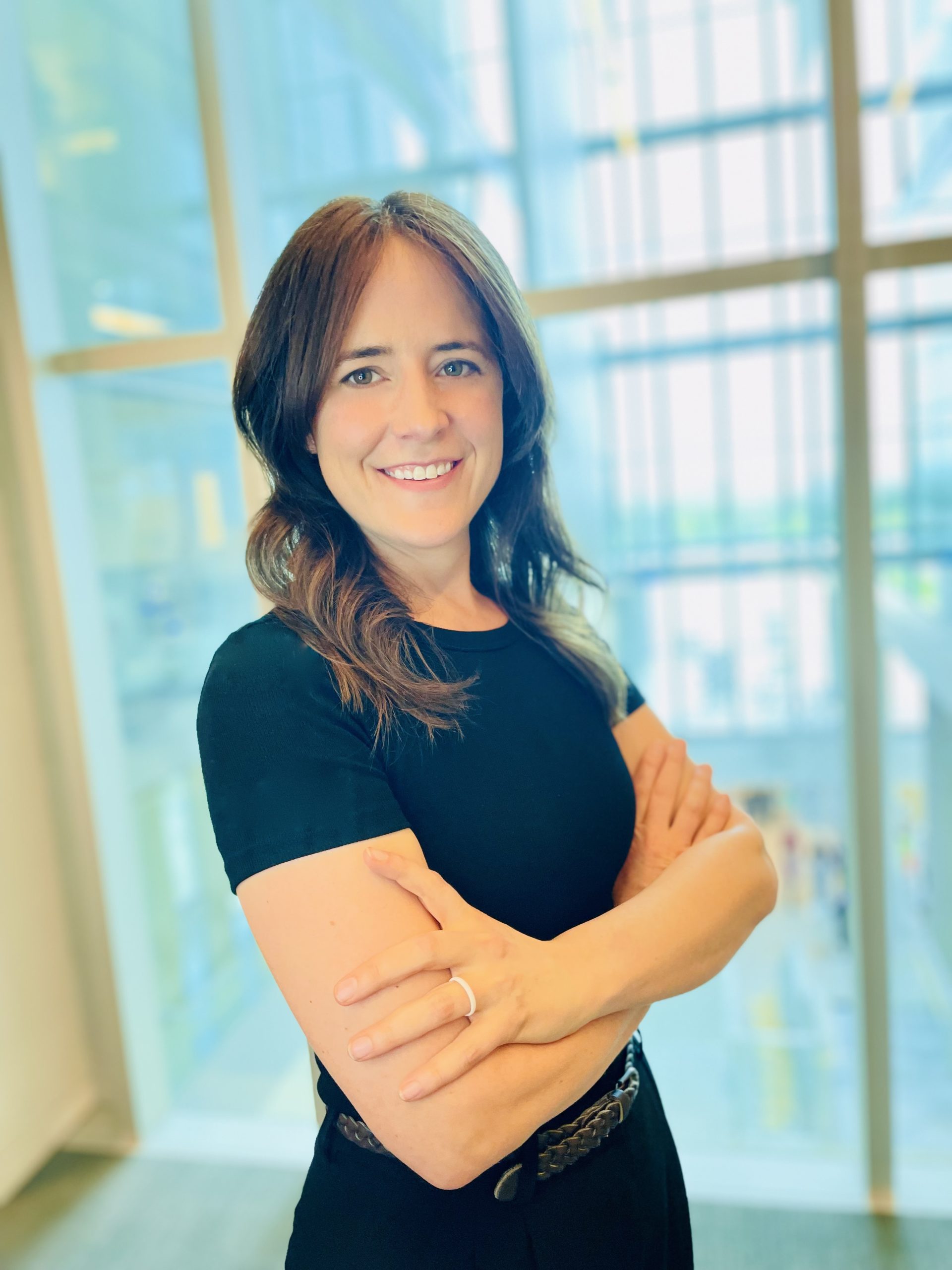University of Utah Graduate Research Fellowship awarded to Kylee North.
Congratulations!
My Name is Kylee North and I’m a Ph.D. student in Biomedical Engineering studying under Dr. Robert Hitchcock. I grew up in the Salt Lake City area. Outside of research I enjoy spending time outdoors with my husband Tyler and 4 kids Noah (11) Knight (9), Parley (7), and Truman (4). This year I was awarded the University of Utah Graduate Research Fellowship. The intent of the fellowship is to provide the opportunity for full-time research for graduate students at the University of Utah. The award is based three main criteria; The quality and impact of the research, my academic achievements, and my potential for success. To receive this award I submitted a proposal describing the research I intend to undertake with the award. I also had to submit letters of recommendations, CV, and transcript.
My research interests involve wearable sensors and how patient monitoring can be used to inform clinical care, specifically in the field of lower extremity trauma rehabilitation. As an undergraduate student in 2007 I started working on a project to develop a novel load sensing technology that can monitor patient weight-bearing behavior during lower extremity fracture rehabilitation. I continued to work on that project as a master’s student graduating in 2010. Now, returning as a Ph.D. student, I am excited to be working on data collected from the wearable load sensing technology I designed as a master’s student. Using the underfoot waveform data collected from patents recovering from lower extremity fractures, I am interested in using advance analytical techniques, including machine learning, to analyze the effect of patient loading behavior on lower extremity fracture outcomes.
The impact of integrated wearable sensors into lower extremity rehabilitation could drastically improve the clinical paradigm from discontinuous quasi-objective rehabilitation assessment to at-home and objective rehabilitation assessment. By monitoring a patient’s gait data and correlating it to clinical outcomes, we are providing clinicians with new tools to check “rehabilitation vital signs” in near real-time and out of the clinic to understand and communicate how the patient is progressing in their rehabilitation.
Wearable insole load censing system designed to be incorporated in to Controlled Ankle Motion (CAM) walkers worn during lower extremity fracture rehabilitation. The system is comprised of three sensors placed within an Insole Assembly and an Instrumentation Module used to house the battery, microprocessor and data storage
Continuous underfoot load data was taken at 16 Hz over 30 days from a tibial fracture patient. Upper graphs contain snapshots from 10, 20, and 29. One can see changes in shape and amplitude of insole loading over time. Gaps in the data record occur when the boot is not worn at night or for protracted periods during the day.
I chose to study biomedical engineering because it combines my strengths in math and physics with my interest in the human body and medicine. I am also really drawn to the impact a biomedical engineer can make; we have the potential to improve the lives of everyone who breaks their leg or goes through lower extremity trauma. My future plans are leaning towards academic research and instruction.



